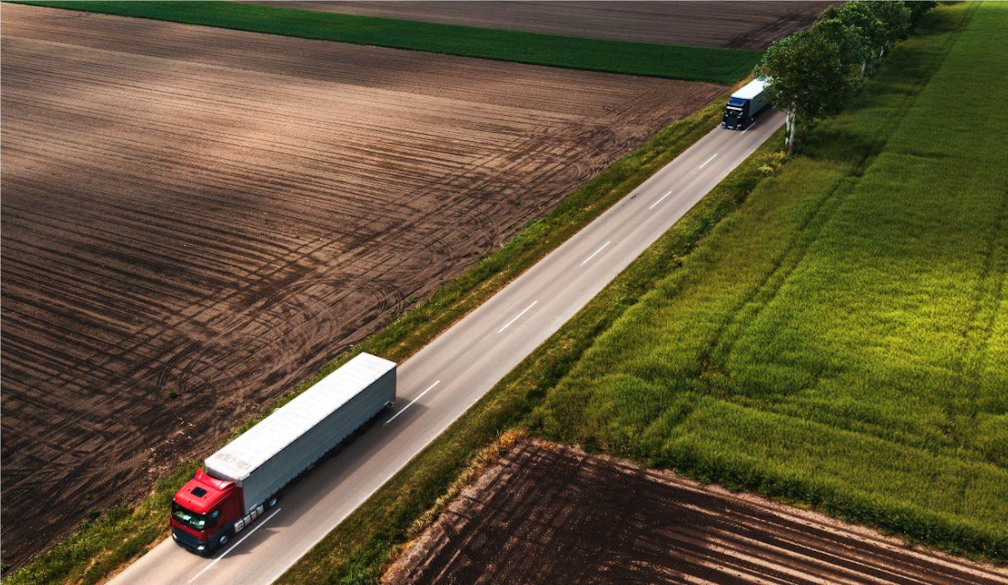Behind the scenes of the Voice referendum, Australia's museums are already collecting the history of tomorrow
- Written by Kylie Message, Professor of Public Humanities, Australian National University
Australians are being flooded with information in the lead-up to the Indigenous Voice to Parliament referendum.
Corflute signs, printed T-shirts, graffiti and leaflets from both the “yes” and “no” campaigns are everywhere.
While this is happening, our museums are working to document the event in real time, to create the historical collections of the future.
But what should our museums collect from the sea of information and imagery to represent how Australians feel about the referendum? What obligations and challenges do our national museums face in collecting today for tomorrow?
Read more: 7 rules for a respectful and worthwhile Voice referendum
Collecting political action
Libraries, archives and museums are charged with collecting, preserving and exhibiting historical material relevant to the Australian nation. This includes collecting contemporary materials, sometimes categorised by museums as “ephemera”.
These institutions undertake the difficult task of documenting political activities in real time. They cannot know in advance which protests or demonstrations will result in a nationally significant outcome or change, and which events will fade away without impact, meaning their collections may end up deaccessioned.
Referendums provide a unique opportunity for museums to collect materials with certainty the event, whatever the outcome, will be historically relevant.
The period of pre-referendum debates and scheduling allows museums to fully document the processes and views expressed in the lead-up to the vote. It gives them more time to plan a targeted collecting strategy than when they have little advance knowledge about an action or protest.
What should museums collect?
The materials associated with collecting from contemporary political campaigns are usually everyday items of low financial value. These are more often mass-produced than individually handmade.
As surviving items become more difficult to source over time, they become more expensive, so it makes sense for museums to collect them in the moment.
The National Library of Australia is calling for Australians to donate letters, “how to vote” cards, posters, pamphlets, badges, stickers, T-shirts and hats. Campaign material from all perspectives about the Voice to Parliament debate is sought, including official “yes” and “no” campaign materials and government education materials.
They also seek materials from lobby groups and local events, including those produced by First Nations Australians, from rural and regional communities, and materials in languages other than English.
Later, the materials collected from this campaign will not only tell the story of the Voice referendum, but also be used to create strong links between and across discrete collections and across political convictions and campaigns.
A great example of an item a museum might be looking to to collect is Poppy Vandermark’s unofficial “yes” badge. Vandermark wore the badge, designed by a local artist, when she entered the Miss Wagga Wagga Quest. Following backlash for wearing the badge, she withdrew from the event.
The badge is not only a symbol of the “yes” campaign, but also can be used to tell the story of how the “yes” and “no” campaigns are debated in local communities.
Despite their lack of traditional value, the storytelling potential of these everyday items is enormous. Badges are small (don’t require much storage space), sturdy (don’t require specialised preservation), disposable (cheap to acquire) and expressive.
The earliest examples in Museum Victoria and the Powerhouse Museum date from the very early 1900s. From the 1960s, badges came to define direct action collective movements, especially around sexual politics, nuclear power and the environment, the war in Vietnam and Indigenous land rights.
A tangible expression of the democratic right to freedom of speech, badges offer accessible entry points into an exhibition or collection from which curators can direct audiences to more complex or challenging subject matter or perspectives.
Shaping history
Addressing current political events also gives museums a reason to speak to the public about their role in producing historical narratives, and the obligation democratic institutions – including museums – have in documenting the human experience.
Recording how Australians move through decision-making processes is no less important than documenting the outcome of the vote.
To do this museums need to share their storytelling responsibilities with the Australian public. Talking to people about why museums want to collect their materials and agreeing on how they will be used is a good start.
Museums are generous in recording stories of national heroism and resilience, as in the case of Australia’s “Black Summer” bushfires. Managing the ethical difficulties of collecting material on contested topics, like the range of opinions on COVID, is much more difficult.
But museums must be open about letting the public in on the role that they play in producing history. This means thinking about whose voices they record, and how to represent dissenting opinions.
Most importantly, museums need to spend the last week of the campaign visibly out in the community and engaging with people about what they think. Because, in the end, a single badge or T-shirt or sign can never be a full surrogate for a vote.
Read more: From badges to ball gowns: how fashion took centre-stage in the 1967 and 2023 referendums
Authors: Kylie Message, Professor of Public Humanities, Australian National University



















